Even though hats are no longer an obligatory element of a man’s wardrobe today, they go a long way to enhance style in terms of both form and function. Unlike the plethora of hat style choices in the winter, there is really only one classic summer hat that has stood the test of time: the Panama hat.
A “Panama hat” refers to a lightly-colored, finely woven hat made from the straw of the South American toquilla palm plant. Although the name implies that the origins of this world famous hat lie in Panama, original Panama has always been made in Ecuador. There, it is better known as sombrero de paja toquilla, or simply “straw hat”. The Panama’s elegant shape and lightweight, breathable qualities make it the perfect choice for hot, sunny weather, and therefore a Panama hat should be in the wardrobe of any serious sartorialist.
As a side note, this Panama Hat Guide was our very first article we published on the Gentleman’s Gazette on March 6, 2010. We have grown and changed a lot ever since and the original 700-word article is now 2100 words long. Also, our content standards have become a lot higher. Therefore it was time to redo this guide, I am sure you will enjoy it!
History of the Panama Hat
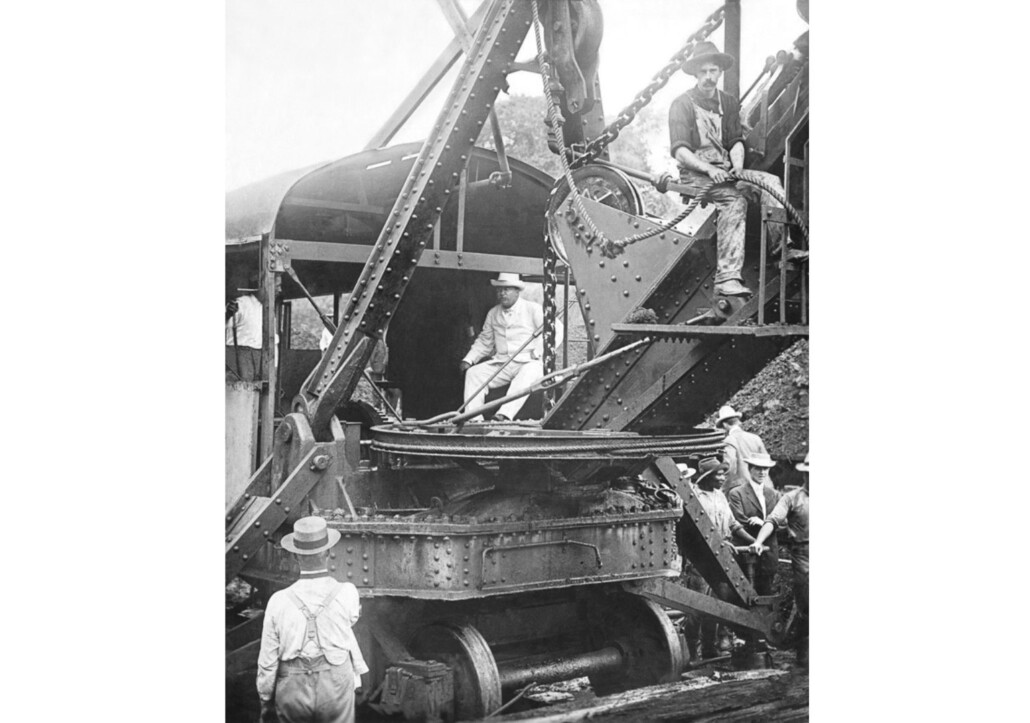
Panama hats have been woven in Ecuador since the early 17th century, when they were worn and traded locally. In industry grew steadily and spread in the following centuries, and by the 19th century, they were exported out of Ecuador for distribution in Europe, the Americas, and Asia. The story goes that as early as 1834, gold-rush miners that were making the trip to California via Panama bought hats there, earning them the misleading moniker “Panama” hats. Word of mouth and the continuing flow of miners through Panama sustained the term and the hat’s popularity, but the hat didn’t achieve a broad audience in the US until Theodore Roosevelt was photographed wearing a Panama hat while visiting the building site of the Panama canal. By 1944, Panama hats were Ecuador’s top export.
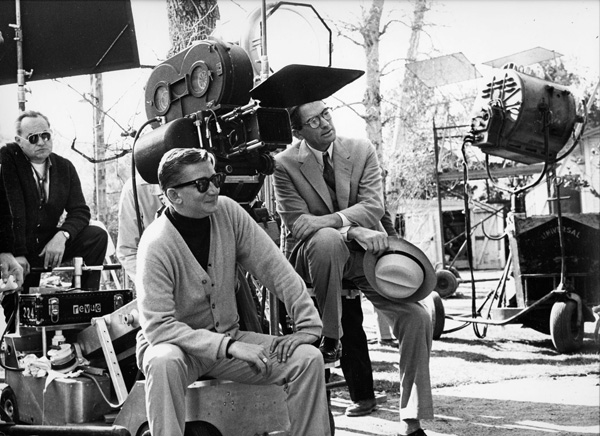
In the 20th century, interest in the hat continued as movie stars, politicians, and noteworthy fashion figures wore Panama hats in warm weather settings. Hercule Poirot, Rober Redford in the Great Gatsby, and Gregory Peck in To Kill a Mockingbird are just a few of the characters who wore this famous hat.
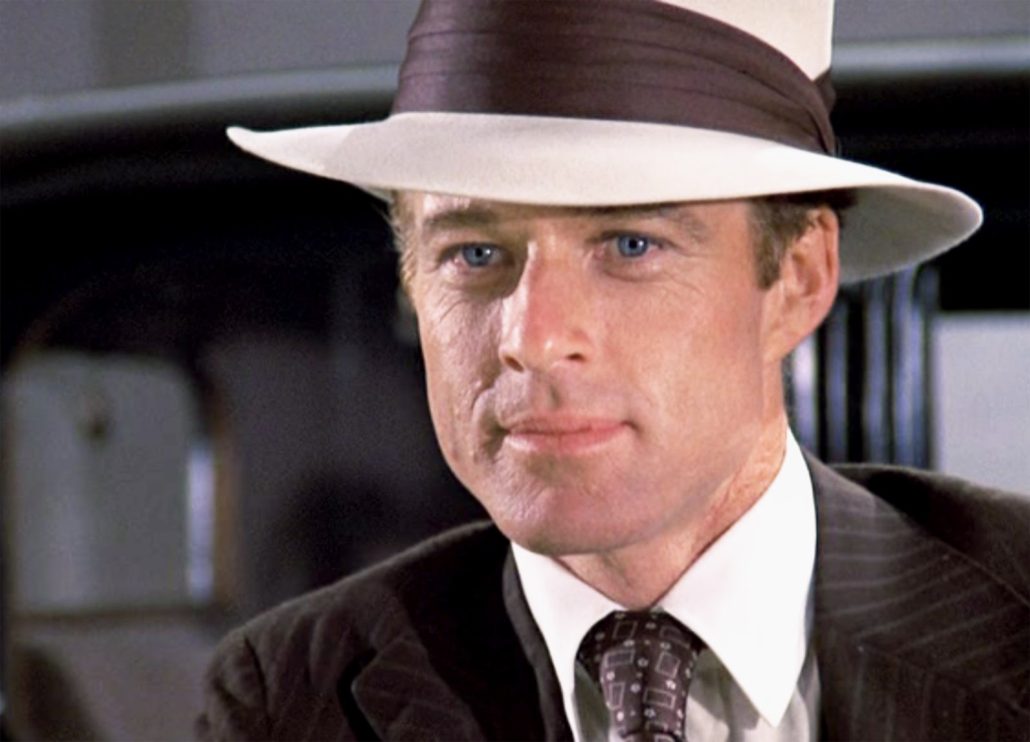
In the present day, the authentic Panama hat industry is centered around the city of Cuenca, Ecuador, where the production is mostly focused on quantity rather than quality. Large companies manufacture hats in the thousands and sell them around the world. If you come across a hat labeled as a “genuine Panama hat,” it probably comes from one of the factories in Cuenca. The hand weaving tradition of Panama hats is still alive outside of Cuenca, and the most well-known center of hand woven hat production is probably Montecristi. Many would argue that the best Panama hats come from this small town, but the coastal town of Calle Pilé in the western part of Ecuador also lays claim to the best hat producers.
How a Panama Hat is Created
All Panama hats were originally woven by hand, using local toquilla palm straw, around individual hat forms. Like most popular wardrobe staples, the demand for hats eventually led to the industrialization of the hat making process, and now most Panama hats are woven by machines in modern factories. While the factory production of Panama hats is rather uninteresting, the process of hand-weaving one is fascinating. It’s a dying art that is worth appreciation; in 2012, the hand weaving of Panama hats was even added to the UNESCO Intangible Cultural Heritage list.
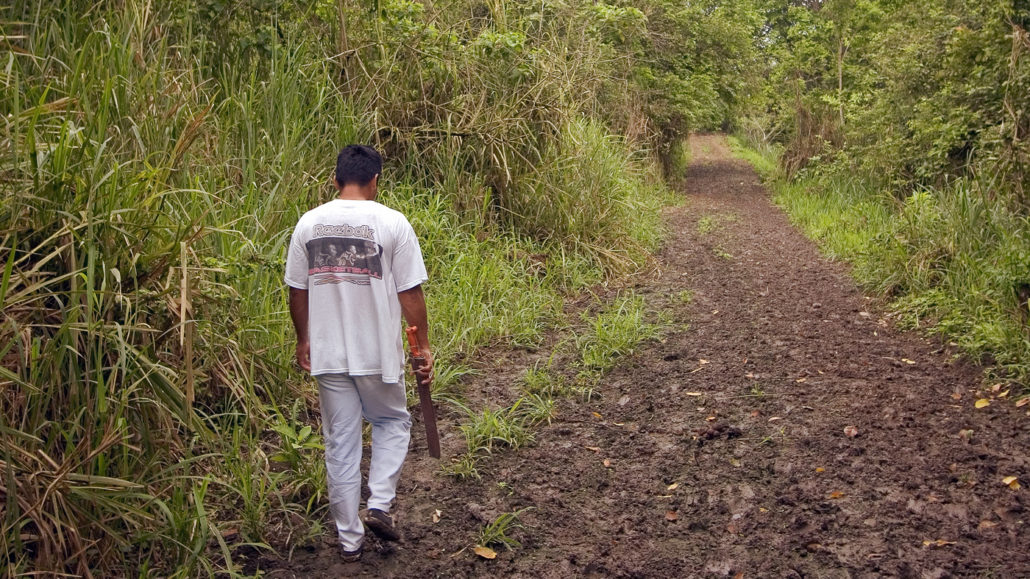
The process begins with the straw, which can only be found in the equatorial rainforests in Ecuador. Like a rare wine grape, the best plants are found in a microclimate that is ideal for growing toquillas. The heart of the plant, the cogollo, is the perfect material for creating baby hair-fine straw for a high-quality Panama hat.
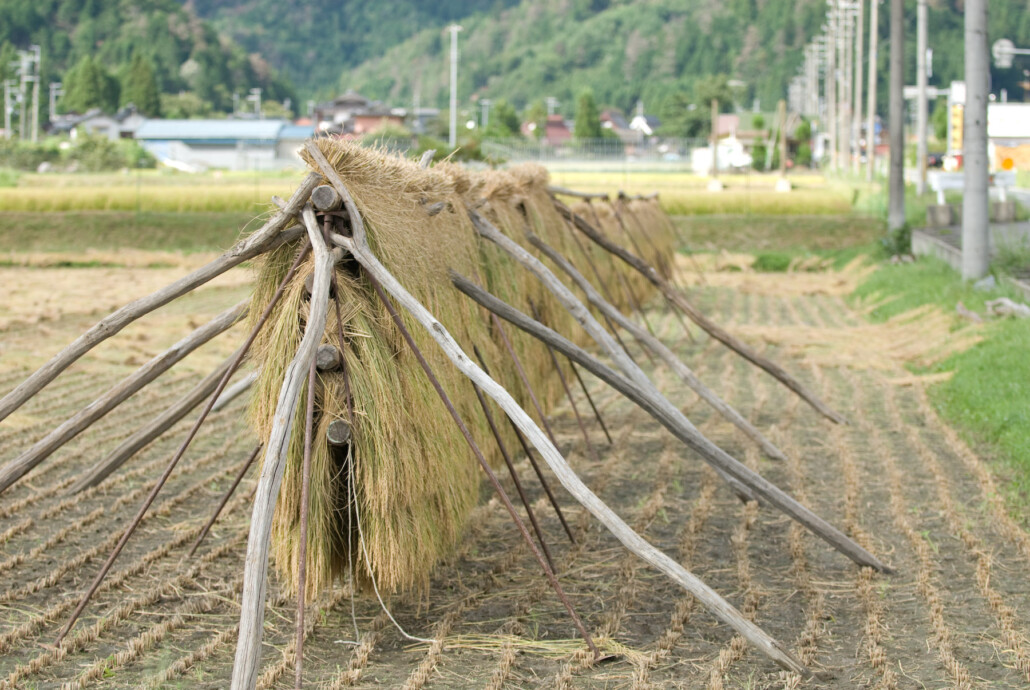
Dozens of cogollos may be required to create a single hat, and each one is harvested by hand from wild plants in the forest. The stalks of the plant are then painstaking separated by hand and boiled briefly before drying. Once dry, the fibers are bleached in sulfur smoke and then split into even finer straws.
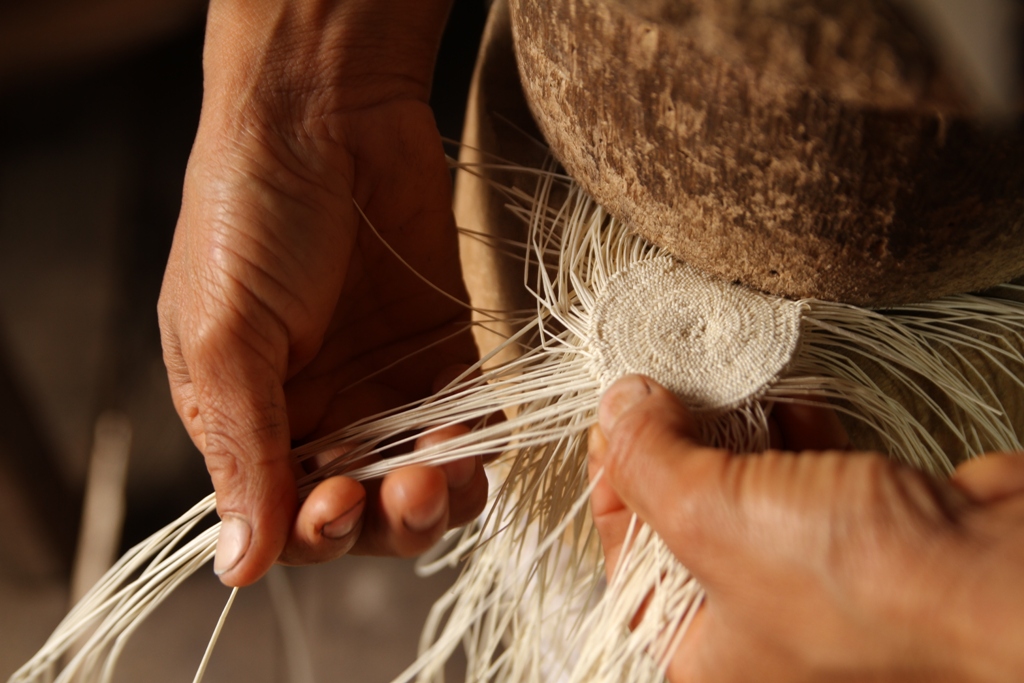
The weaving begins with the centermost part of the hat, the crown, and is then woven outwards in a circular pattern. Weave possibilities include the “liso” herringbone and the “brisa” diamond pattern, but the hand weavers favor the liso for it’s more elegant appearance. The brisa weave is favored by large manufacturers for economic reasons.
Once the crown is large enough, it is placed on a waist-high tripod that is topped with a hat block in the shape of the crown. Once the weaving extends over the edges of the block, the weaver will place several more blocks on top of it, as well as a small cushion. He or she will then lean over the cushioned tripod, using their body weight to hold down the weaving. It is quite literally back-breaking work. A single very fine hat can take months to weave; the record is 8 months for the finest-known hat to have been produced.
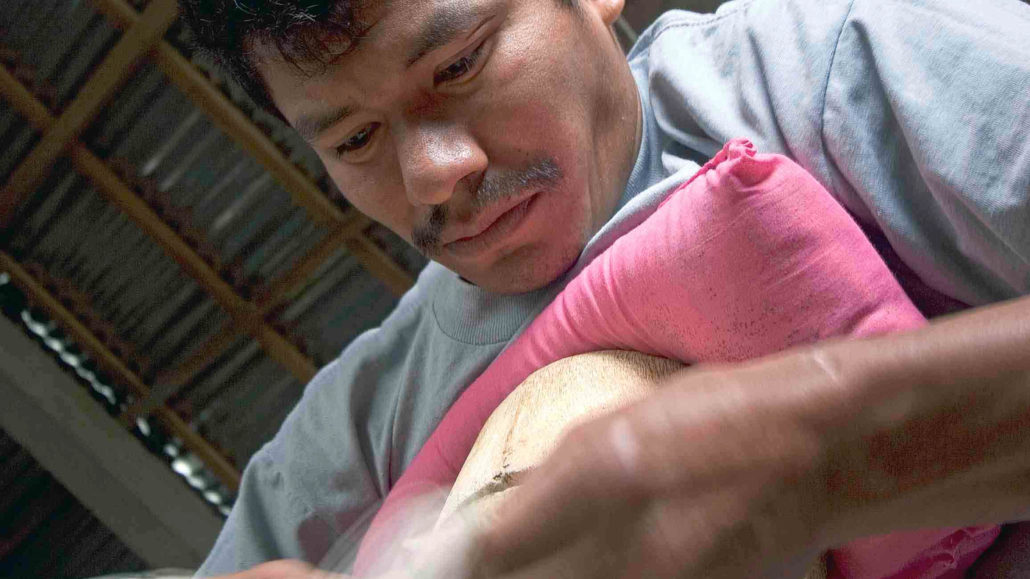
Once the weaver approaches the edge of the brim, the unfinished hat is passed off to a handful of additional skilled artisans for finishing. First, an artisan finishes the edge of brim with a loose back weave. The second artisan tightens the back weave. The third cuts the excess straw from the brim. For a very fine hat, this straw will be saved so that any needed repairs can be made from the same straw. The hats are then washed and bleached before being sent to the fourth artisan, who then pounds the hats with sulfur powder to soften them. Finally, the hats are trimmed and ironed into a form that begins to resemble a finished hat. Blocking (or shaping the hat into the form) is the final step, but that is usually completed by the buyer.
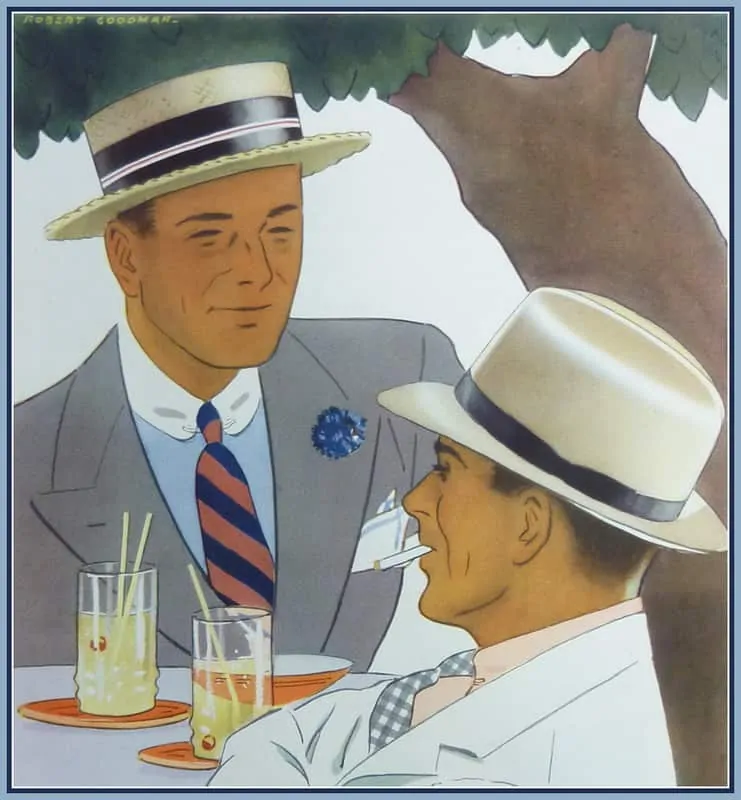
Panama Hat Quality
The quality of a Panama hat is determined by a number of factors, most notably the straw and the weave.
- The Straw: the straw is derived from the fibers of the toquilla palm tree, and, generally speaking, the finer, the more identical, and the more evenly colored the straw, the better the quality of the hat.
- The Weave: The denser the weave and the more even they are, the better the quality of the hat.
Oftentimes, hats are categorized as “Montecristi fino” or “Montecristi superfino” and so on. Some manufacturers and retailers supply numbered grades, such as 1-20, but these aren’t universally recognized terms. This supposedly implies the fineness of the weave of a Panama hat, but unfortunately, those terms are not clearly defined and thus can be used to obscure or inflate the real quality of a hat. In fact, the terms and grades are used very much in the same confusing manner as Super numbers in the fabric trade and thus do not really help to evaluate the quality of a Panama hat. Rather than having to rely on uncertain terms, it is best to simply count the weaves per square inch.
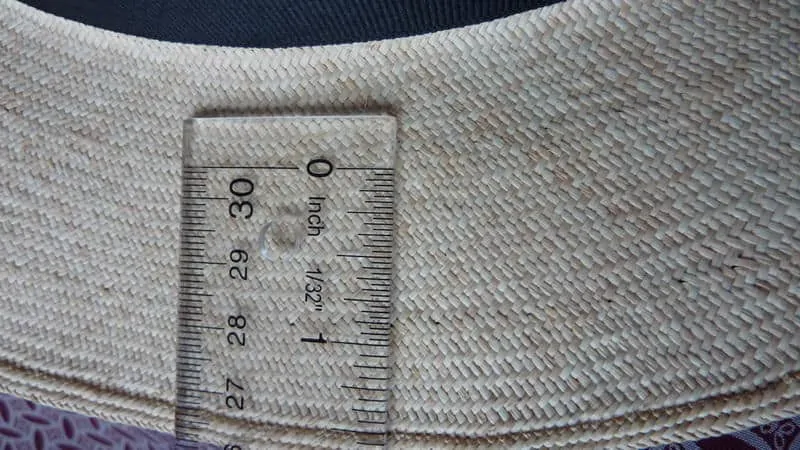
In addition to the quality of the straw and the weave, some consider another quality criterion: the number of concentric circles—the vueltas—which can be found on the crown when the hat is held against the sun or other intense light. Supposedly, the more circles, the higher the quality. In my opinion, counting the weaves per square inch yields far more reliable results than counting the vueltas. For everyday wear, a hat with 350–400 weaves per square inch is perfectly sufficient.
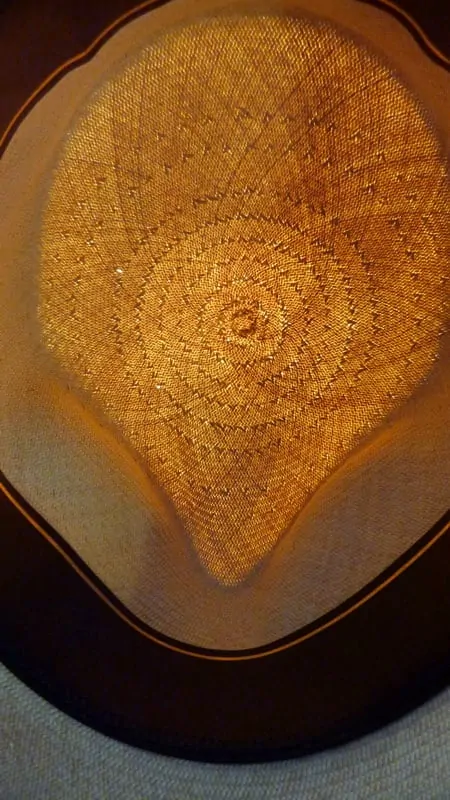
The Finest Panama Hats
The finest hats have over 2000-4000 weaves per square inch, taking the hat maker between four and eight months to produce such a masterpiece. Considering the amount of time that goes into the production of this piece of art as well as the fact that there are only a few handfuls of people left who can weave in such a fine manner, it seems obvious that this quality of hat will not come cheaply.
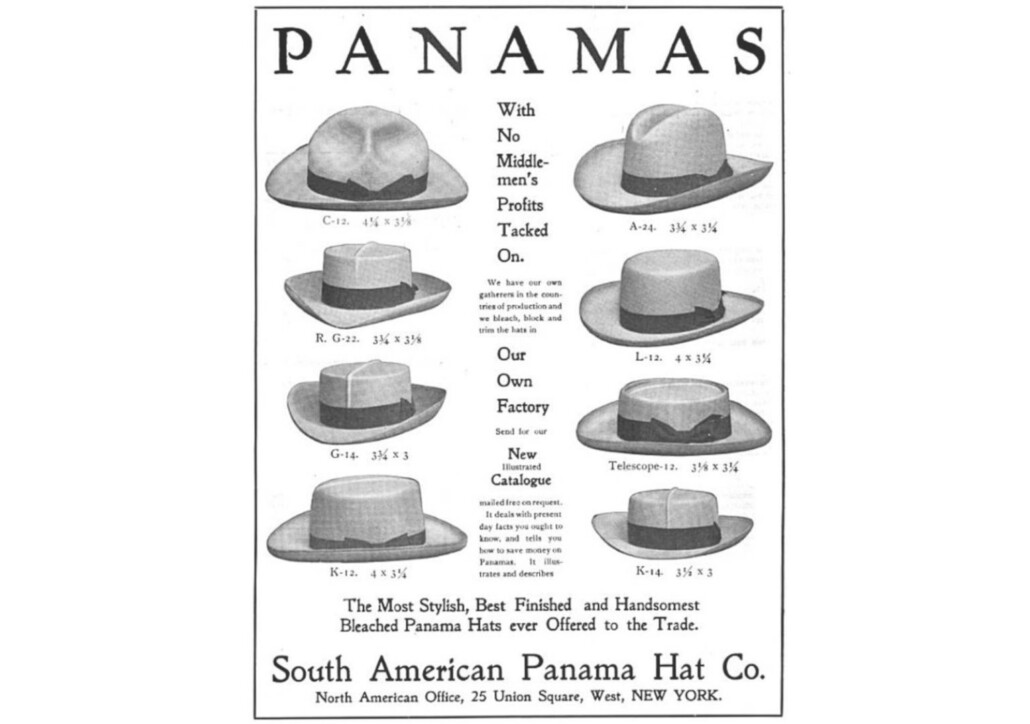
Panama Hat Styles
The style of a Panama hat is determined by two main characteristics: the shape and size of the brim and the crown. While there are endless variations of hats available, here are some of the most classic hat profiles you should consider.
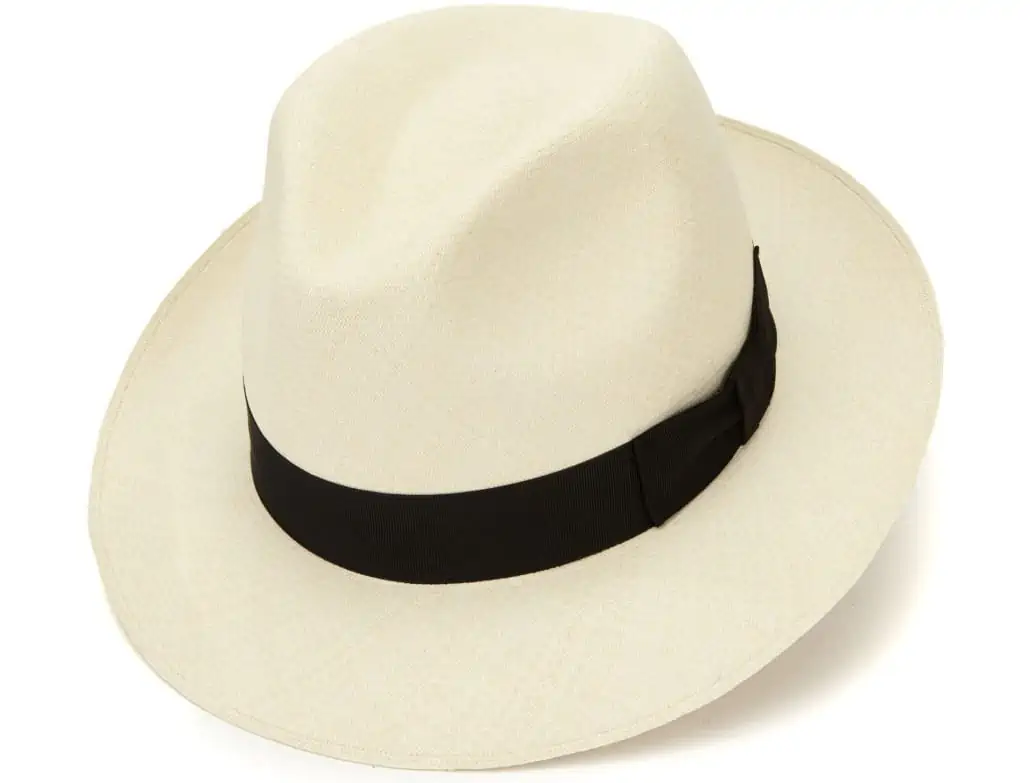
Fedora
For the most modern, and yet still very classic look, select a Fedora shaped Panama hat. The most traditional Fedora comes with black grosgrain ribbon and leather sweatband. There are many iterations of the Fedora to choose from, ao you are bound to find one that suits you.
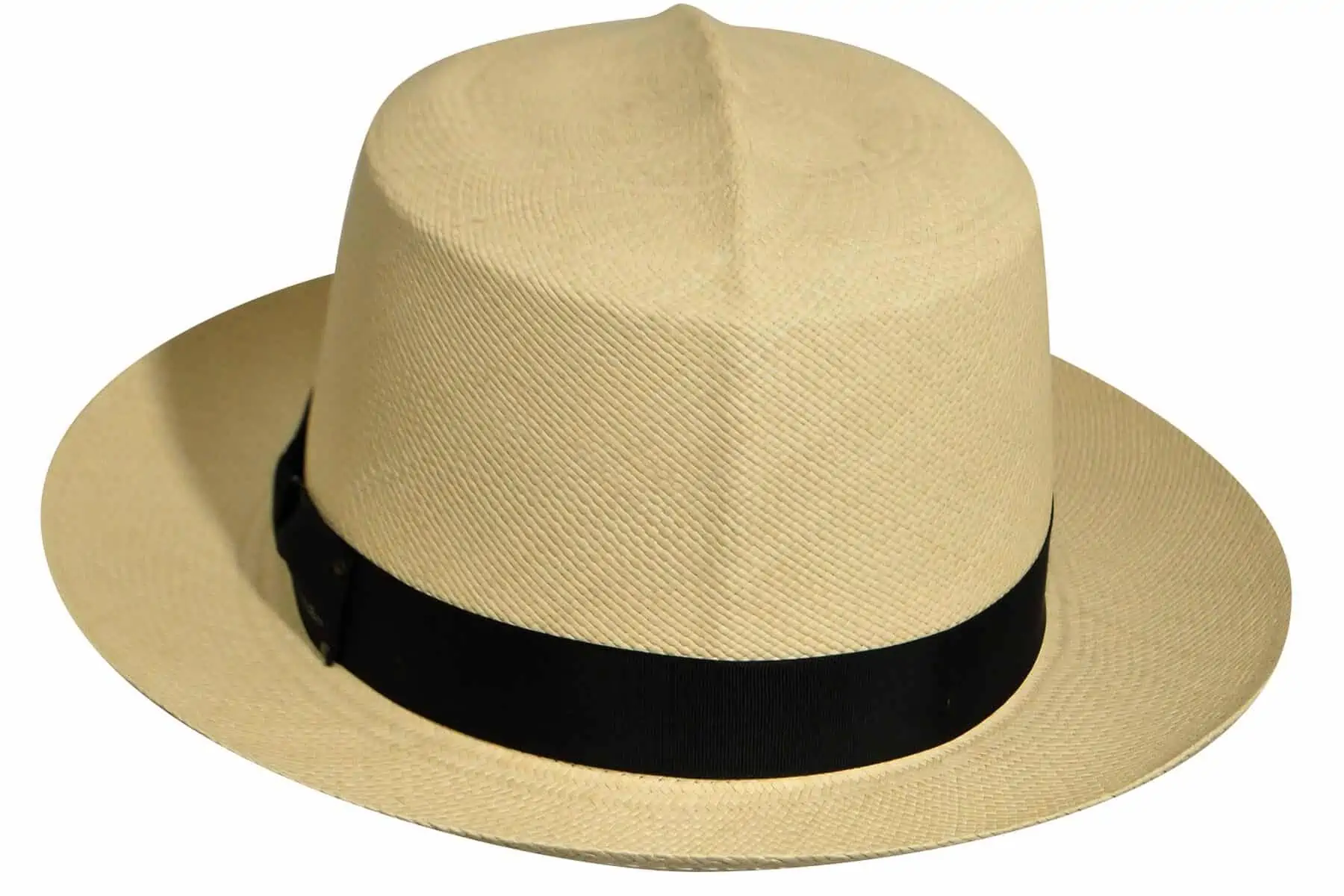
Optimo
The Optimo shape was a staple profile in the first half of the 20th century, but it still retains its appeal and elegance today. With a distinctly British expat feel, this style is defined by a top seam along the center of the rounded crown.
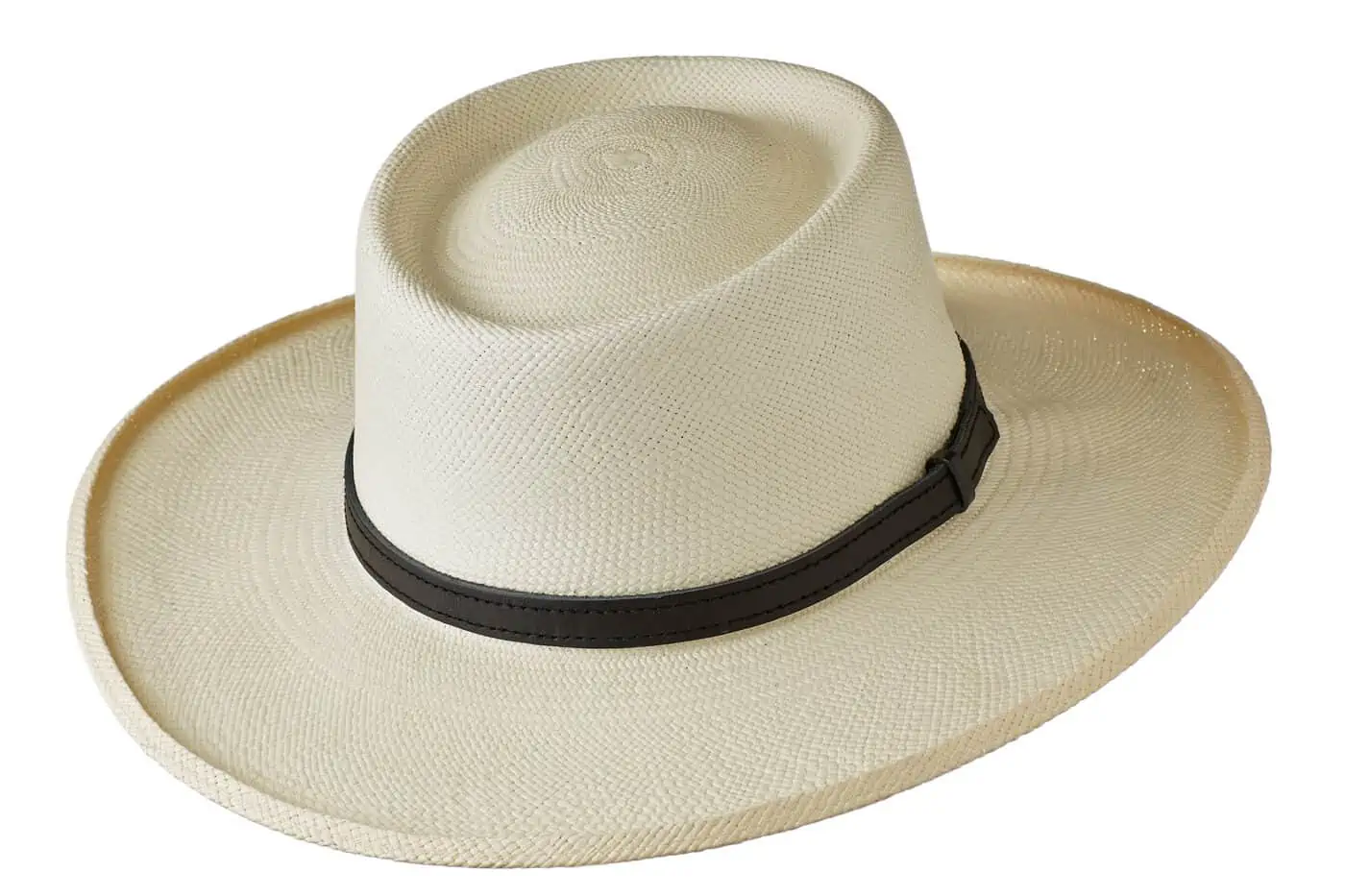
Planter
The planter style Panama hat has a rounded, molded crown and an extended brim for extra sun protection. Great for a characteristic look when staying out of the sun is paramount.
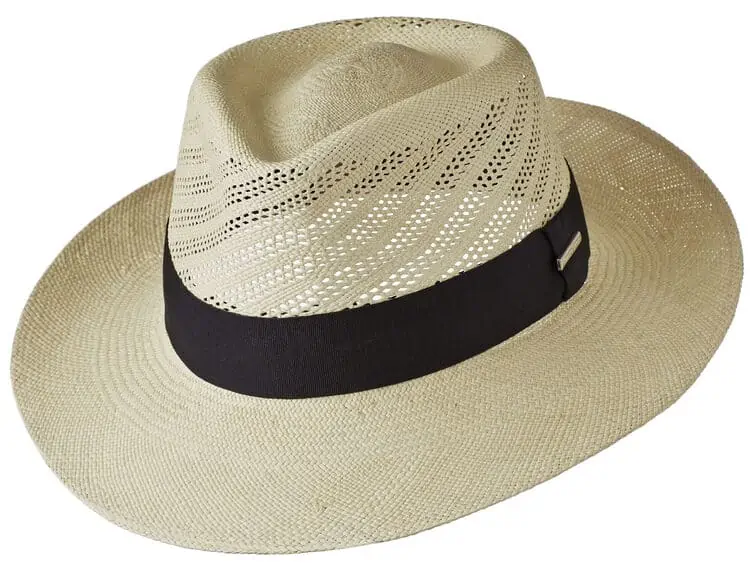
Golf
Since golf is a warm-weather sport, there is a style designed with the golfer in mind. The golf Panama hat is often woven with an open, decorative weave along the sides of the molded crown for even better air flow.
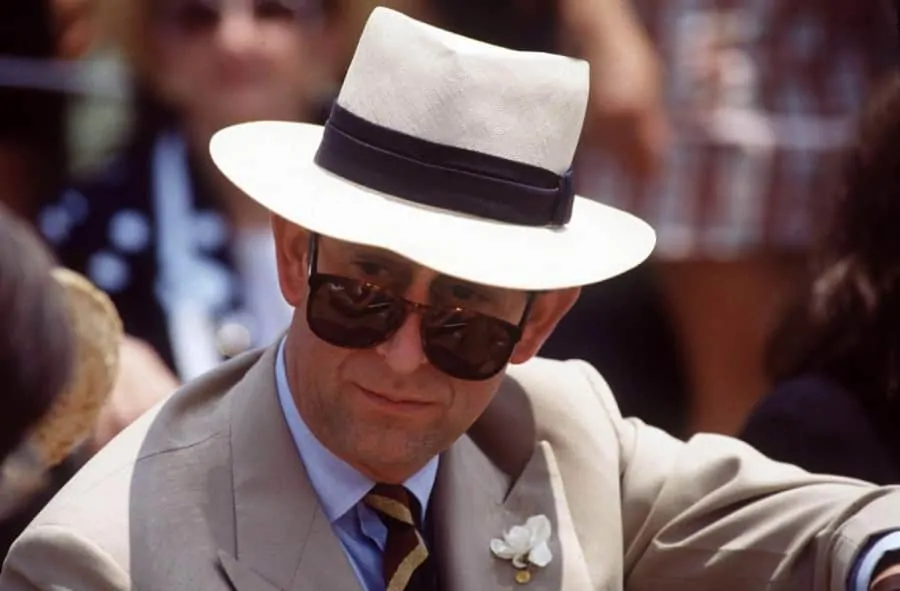
Where to Buy Quality Panama Hats
While you can certainly buy a Panama hat from a local hat shop, it’s best to look online for the best selection and information.
Brent Black
Brent Black has long been a player in the hand woven, Montecristi Panama hat trade. He goes to great lengths to explain his product offerings on his website, and his passion for the business is obvious. Prices range from a couple hundred dollars up to $25,000, no joke. The only downside of shopping with Brent Black is the clunkiness of this antiquated website.
Optimo Hats
Optimo hats is one of the last hatters (as in, they make hats) in the United States and they have one of the finest selections of hats around. Based in Chicago, they have an online gallery of styles, including a range of Montecristi Panamas, but do not offer an option to purchase online. That being said, they offer personal phone fittings, which in combination with the images should give a buyer what they need to know to make an informed decision.
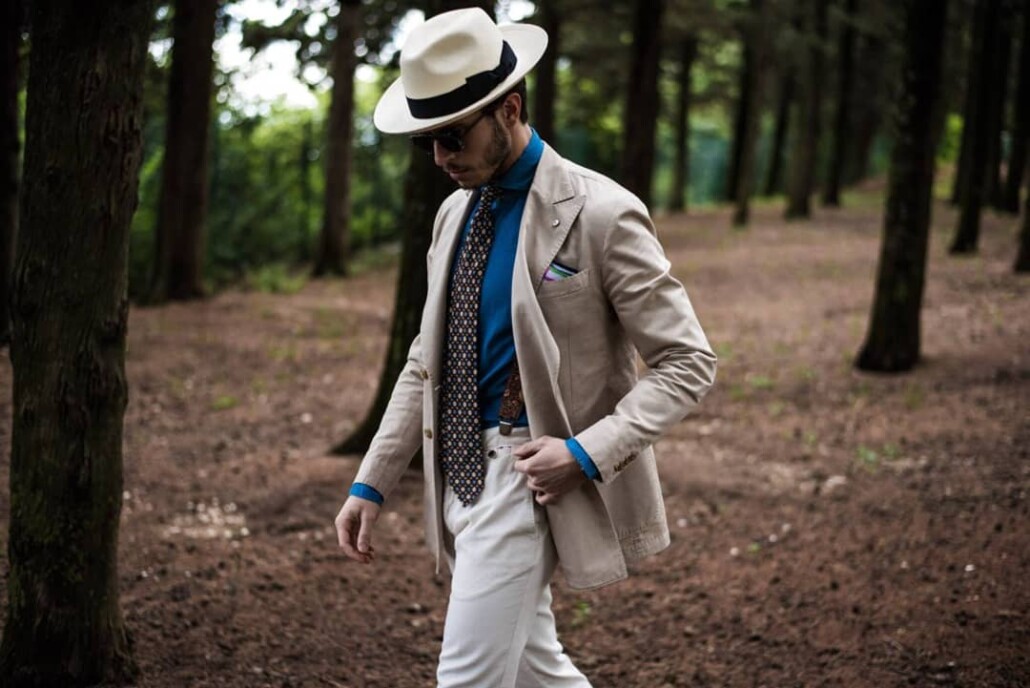
Panama Hat Buying Tips
- Verify the country of origin and the material before you buy a Panama hat. To our knowledge, the name “Panama hat” isn’t regulated, so hats using the similar white color and a traditional black band will call themselves a Panama hat even though they aren’t from Ecuador.
- Buy from a reputable hat retailer or a hatter. If their business is hats, they should be able answer all your questions about the country of origin, the weave density, etc. If they don’t, find a different source.
- Buy for quality and longevity, not price. Buy the best quality authentic Panama hat you can afford, as it will last you for years if properly cared for.
- Don’t love the hat band? No problem. A hand band can easily be changed by your local hat blocker. Most hats come with a black band, but they also look great with other colors and patterns, such as a forest green or a red, white and blue stripe.
My Panama Hat Collection
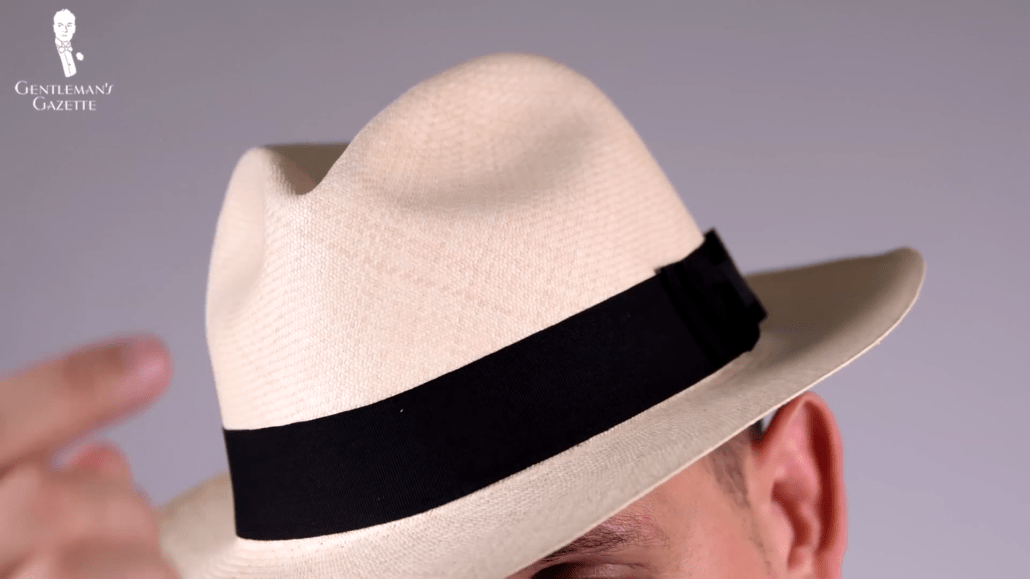
One is the standard panama hat in a nice even color, the weave is nice and dense but the straw is not super fine, however, its back woven and it has a fabric sweatband.
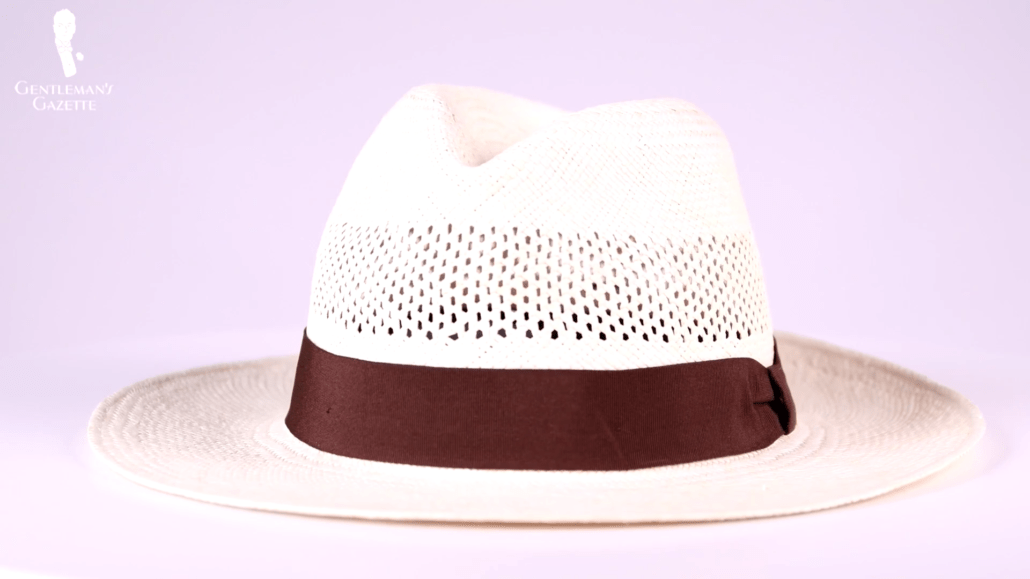
Golf style with air holes which is particularly nice when you’re exercising and play golf or do other things in the summer and it comes with a nice dark tobacco brown sweatband which I think looks much better than a black one.
Last but not least, they sent me this wonderful Montecristi Superfino which is a very nice and dense weave, beautifully back woven brim. Personally, I prefer different colored ones. It takes sometimes six months to make these hats because of that, it doesn’t make sense to stock them and so they rather list individual hats so you can see the exact weave count, you can see the color, you can see the shape, and everything there is to that particular Montecristi.
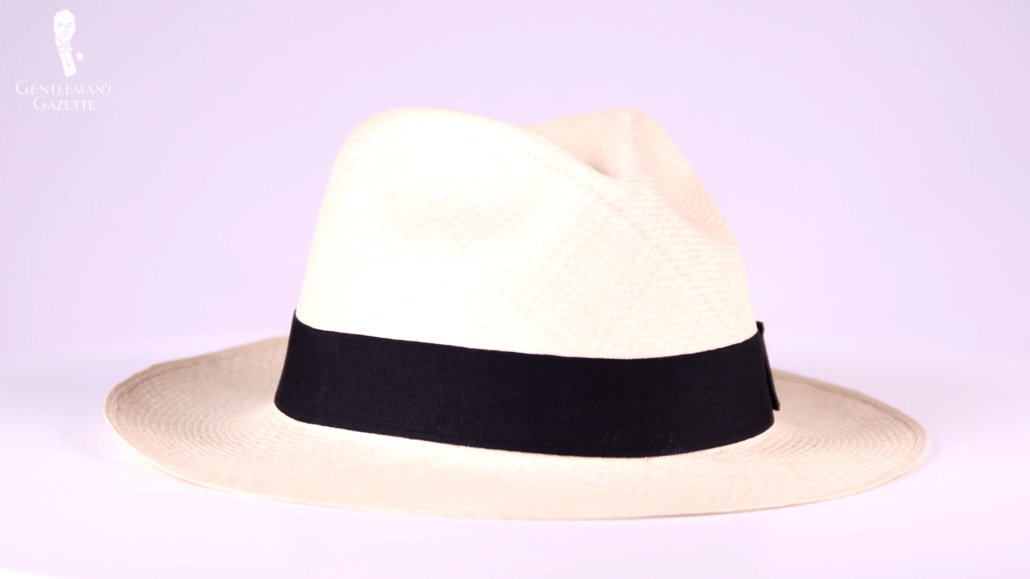
When Can You Wear A Panama Hat?
Basically, all the time. In the video, I am wearing it with a seersucker suit, however, you can go with a simple pair of swim trunks maybe with just a polo shirt because the main purpose is to keep your head out of the sun and it’s a summer hat and because of that, you can really wear it with everything in your wardrobe. It’s probably the most versatile hat you’ll ever own.
Panama Etiquette
When should you not wear a Panama hat? You should not wear a hat when you are in places of worship or in people’s homes unless of course, it’s a public building like a railway station, then you can keep it on. Generally, it’s not a great idea to wear a hat and sunglasses, however, with the Panama hat, it’s slightly different because you wear it when it’s really bright outside and if even the wide brim can’t protect your face simply go with sunglasses, even Prince Charles does it.
Conclusion
How do you wear and combine a Panama hat? For more detailed information about the Panama hat, I recommend the book Panama: A Legendary Hat by Martine Buchet. If you enjoyed this guide, you will also love our boater hat guide and summer hat guide.
Outfit Rundown
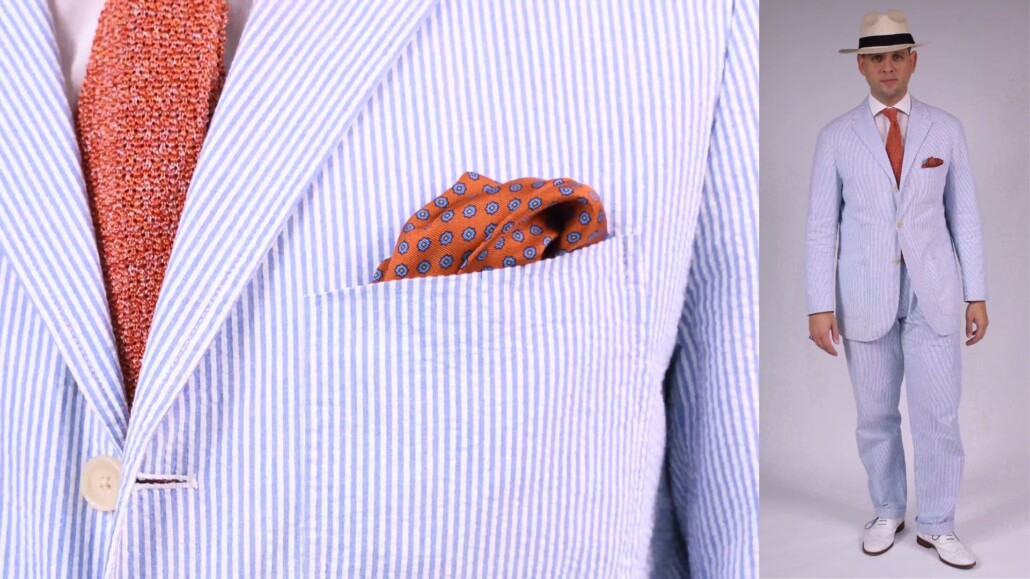
I’m Wearing, of course, a Panama hat which is a Montecristi Superfino with a green hatband then I’m having a white super thin light dress shirt which is very breathable and it’s from Milan. It’s paired with a seersucker suit single-breasted three-button from Polo Ralph Lauren. It has cuffs or turn-ups on the pants which helps to pull down the pants so they hang a little more nicely. It’s made out of 100% cotton, no added polyester or nylon and it has the traditional crinkle seersucker cut. I’m pairing it with a Cri de la Soie silk knit tie that is mottled in its appearance and it’s perfect for summer. I’m pairing it with a shinier silk pocket square in orange from printed English silk. For the socks, I added a dash of color and went with solid blue ones with a clock pattern.
You could alternatively go with all white socks especially if you wear white buckskin shoes the way I do it which are from shoe passion and I’m combining them with green shoelaces to just break up that look and add a little more contrast. As you might notice, I’m wearing barrel cuffs, not cufflinks because it’s warm in the summer and cufflinks tend to make you feel hotter. Instead of the cufflinks, I’m going with a pinky ring that is blue that picks up the colors of the seersucker suit. Ss you can see, the lapels are quite slim so a large boutonniere would not be in order however a small one such as delphinium or another small flower would look perfect on it.
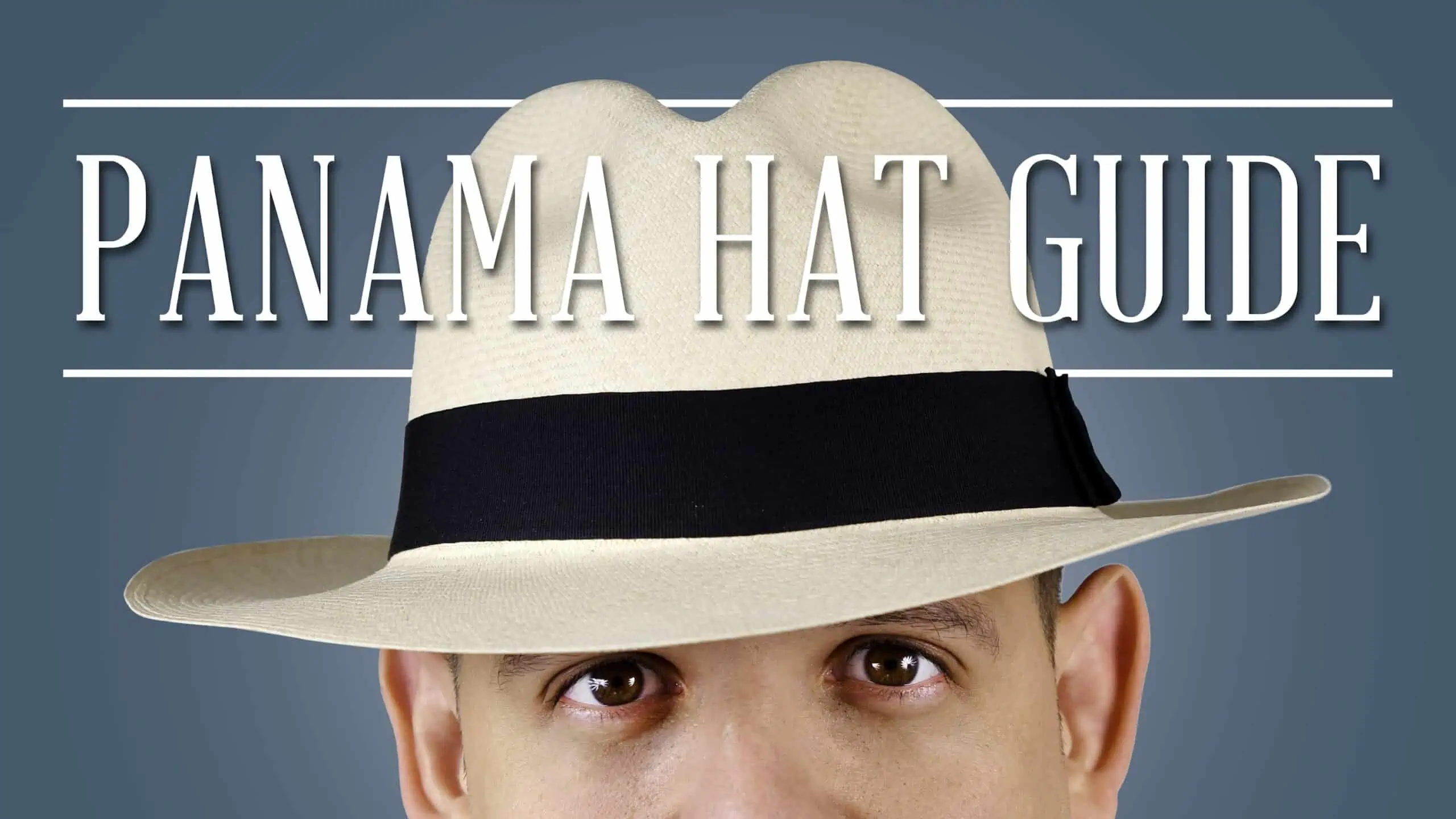
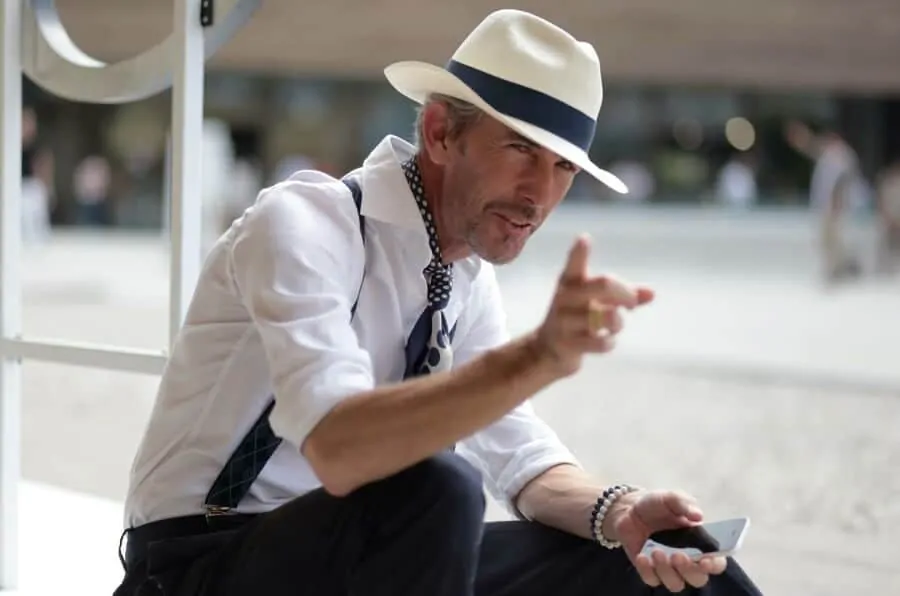
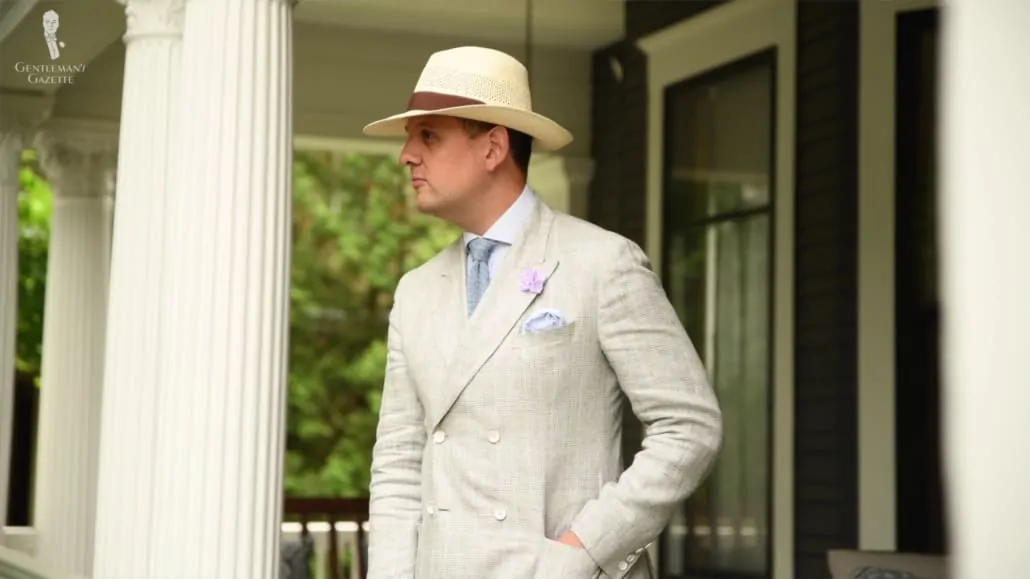
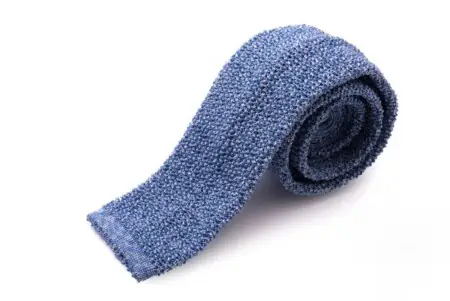
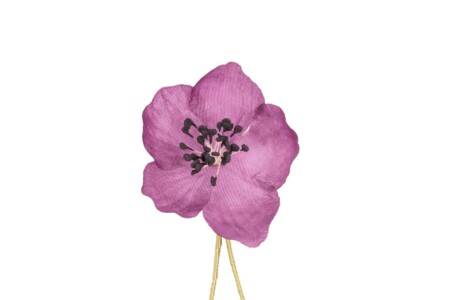
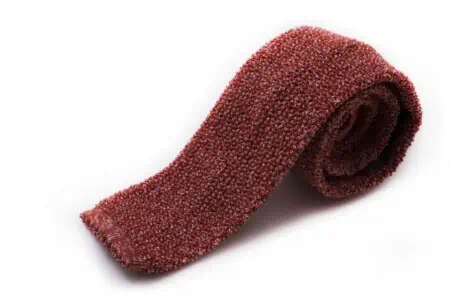
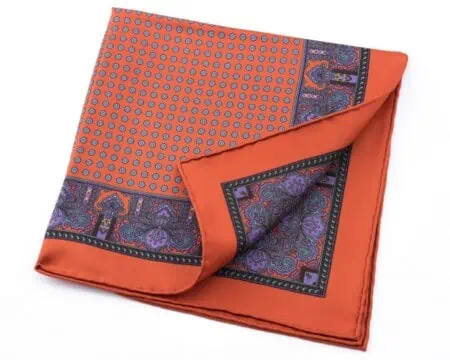
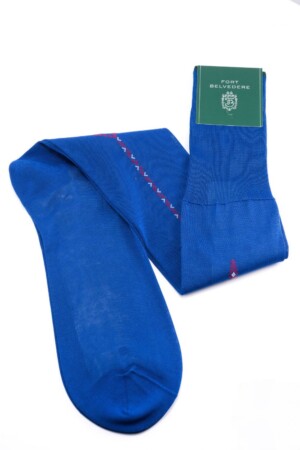
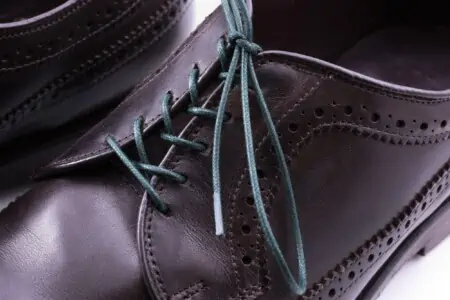
Favorite Panama is Optimo! However, I wear most all of them during a summer.
Kc
Thanks for sharing Ken!
I have several Panama Hats. Here in Southern California they have become a necessity for me. The sun can cause all sorts of skin damage, read cancer, and a hat such as these reduce that exposure. My best is a Brent Black Gatsby, made in Hawaii, I think that is still America. Maybe his website is “clunky”, but the hats are terrific and more than make up for it..
Now that was the most interesting article I have read all day! Maybe it is time to upgrade my summer hat collection. I can hear my wife now… Another HAT?!! Yes dear.
While not as elegant as the Panama Hat, but extremely functional is my new Stormy Kromer Rancher hat. Being in Michigan during the winter, and an April snow storm is hitting tonight, that hat is perfect for winter. Blocks the coldest of winter blasts, comes with a lifetime guarantee and a 3 year full loss or theft protection. Maybe it is stylish, as I have gotten countless compliments. I will likely buy one of their less warm hats for spring (if it ever gets to Michigan!) and fall. The Rancher Hat is very warm indeed! They are somewhat pricey, but still a good value I believe.
I thought this article was about summer hats, especially
the Panama!
I know, but . . . . I felt like sharing. DS
Recently I noticed that inside hats, Ecuadorian makers are putting seals and marks, I suppose in order to protect the denomination and to inform the customers about quality, origin, and sometimes also the working conditions and that the workers themselves have received a fair price.
I think it’s a good thing but I didn’t find an univocal mark, so maybe an explanation of these seals could be a interesting extension to this article.
This is really quite interesting, the Panama hat is something I remember vividly from watching old movies with my Grandmother a child. Over in the UK I’ve never had the opportunity to wear one, perhaps, next time I’m in Mexico or the Carribean I’ll buy one. Another great article Sven!
Thank you Jack!
I have two Panama hats, one is really Equatorian and the other is from a different straw from Brazil. Both of them have developed little dents on the brim, I see a lot of men wearing panamas with the brim like that, a little dented and warped. I was wondering if its ok to wear a hat like that casually?
And thanks for this great article!
The dent in the brim is part of the nature of the brim. It shows the character of the wearer and the character of the hat. Also it’s really unavoidable, wherever the wearer grabs the brim is where it will dent.
That’s not true. While some people like a bit of “character” to their hat (and other accessories), others prefer a more pristine look. A good quality panama hat, with integer straw, can be restored to look (almost) like the day it was made. There are many videos on YouTube which show how to do it with a simple steam iron (use the steam, not the iron), a cloth and some patience. The process can also be used to restore the hat’s original shape if the hat was squashed or crushed, again on condition that the straw hasn’t torn.
My first hat (which was my first custom/ bespoke hat, too) was a Panama hat in a center dent fedora shape with a vintage forrest green ribbon I got from a local hatter in Oregon. I got it less than a year ago and it spawned a collection of seven hats including three custom hats, a reblocked hat, a vintage felt fedora and a vintage boater. Most recently I got a “dualist” from the hatter, (which is a hat with a straw crown and felt brim.) Straw hats of nearly all forms are wonderful, but panamas are particularly beautiful.
This seems an appropriate place to discuss whether Lewis Carroll’s Mad Hatter was inspired by James Benning, an eccentric member of the Lock family and a servant of Carroll, or by Lord Byron who lived next-door-but-one to Lock and was described as “mad, bad and dangerous to know” by Lady Caroline Lamb, who seems to have been a trifle unhinged hereself and thus a strong recommendation on the “It takes one to know one principle”
Searching for the Panama style worn by Lytton Strachey, with a wide, bowl shape brim. Emma Thompson, as Dora Carrington, tosses one on the memento pyre in the 1995 film, Carrington. A tragic loss!
Should you pair the band’s colour of your panama hat to your tie, suit, lapel flower or would that be a faux-pas?
Well, didn’t order a “summer” Panama Hat but was so impressed & inspired with the article I couldn’t resist SHOPPING, then, YES, Buying from the Optimo / website – store (phone). I purchased the hat named the “Chicago” in classic grey. I confess, your article may have started me on my “collection”. Hate to wish for winter back here in the north east, but can’t wait to break out my over coat, and YES, my 1st new hat thanks to you guys. Nicely done, RJD
I am an old man that has enjoyed my Panama hats for many years. Youngsters (under 60) pay me compliments year ‘round. We live about 300 miles north of Panama City. I sent you a photo, Sven, of my favorite…. straw ‘skimmer’. I can get away with that as I’m approaching 80. Summer here all year, skimmers are fun too.
Hi Sven, very well done video and article as always. The content on your website is superb! My question is this – Can you wear a Panama hat in the rain? Will rain ruin it?
Heavy rain will likely ruin the hat, but a light drizzle should be fine as long as the hat doesn’t get soaked and it’s allowed to dry gently at room temperature while keeping its shape (maybe fill the crown with tissue paper). Make sure you avoid drying it with a hairdryer or over a radiator as excess heat will dry out the straw, which will then be more likely to crack and break.
What are some reliable sources to buy authentic quality Panama hats online? I would say my budget is around 100 USD
Another wonderful and informative article.
$25,000 for a hat… bonkers!
Another wonderfully made article, Sven. A well made Panama hat will last several years with the proper care. I have had some that lasted over 10 years! I would love to see an article about the boater style as well. Noticed that beautiful Montecristi is from Ultrafino (the brand), I recently bought their venicia gambler and couldn’t be happier, would highly recommend them. Been having trouble every day deciding if I should wear that or my gambler from Optimo. Cheers.
Really appreciate this article as I recently have begun wearing hats. I definitely want to add at least one panama to my repertoire.
As I am a bit new to this; I am hoping that at some point you will do some more articles on other types of straw hats.